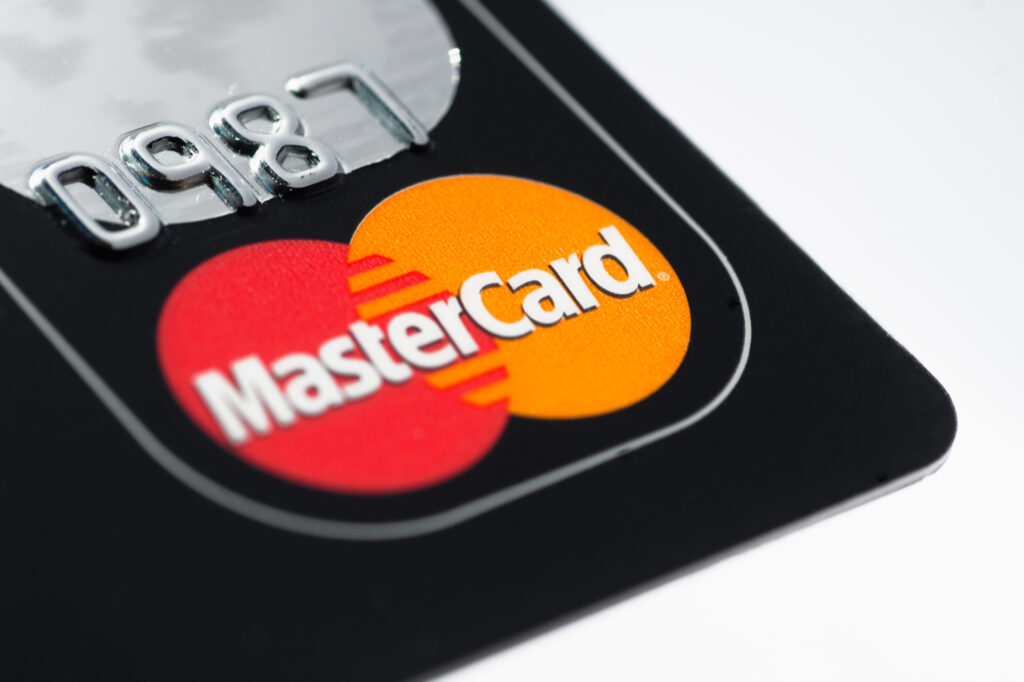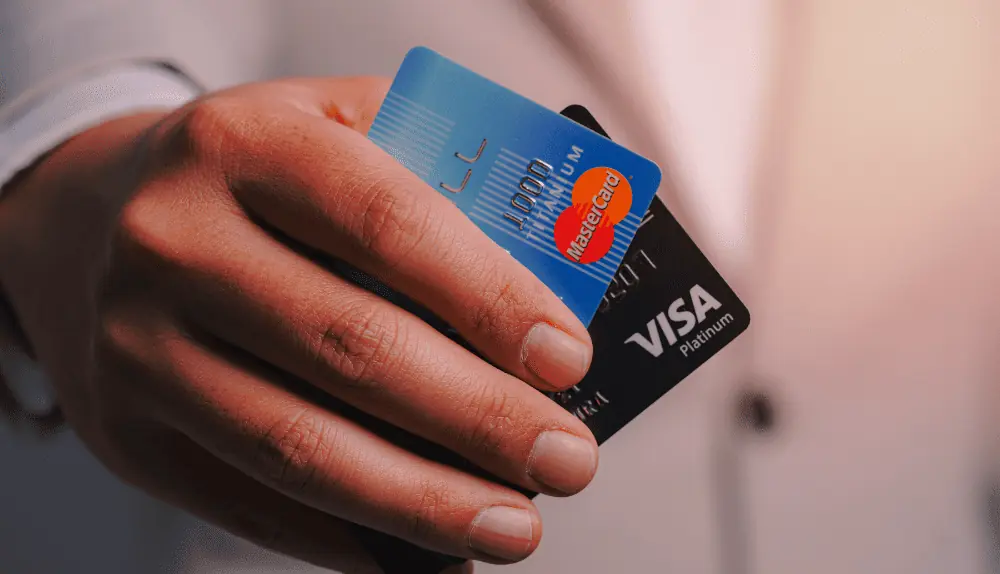MasterCard SecureCode is a security protocol for online card transactions that helps authenticate cardholders and reduce fraud. As digital commerce continues to grow, verifying users’ identities is critical to ensuring the integrity of payments and supporting trust in platforms.
MasterCard SecureCode adds an extra layer of security for ecommerce and m-commerce transactions by requiring a one-time passcode sent via text or email in addition to a cardholder’s account information. This passcode acts as a digital signature to prove the identity of the legitimate account owner before a charge is approved.
Without the correct passcode, a transaction cannot proceed regardless of whether or not the underlying card details are valid. In this way, MasterCard SecureCode helps block unauthorized uses of lost, stolen, or fraudulent cards that would otherwise result in costly chargebacks and disputes. It gives cardholders confidence that their accounts and financial information are protected, while also providing fraud protection and lower costs for merchants.
MasterCard SecureCode, along with 3D Secure, represents an evolution in fraud prevention that goes beyond basic auth challenges or reliance on cardholder addresses alone. By verifying users at the point of checkout, these technologies help achieve a balance of security and convenience that benefits all parties in the payments ecosystem. When implemented effectively, MasterCard SecureCode can reduce fraud by up to 99% and lower chargebacks by over 75% – delivering real results and value.
What is MasterCard SecureCode?
MasterCard SecureCode is a security protocol developed by MasterCard for online card transactions. It adds a one-time passcode sent via mobile text message or email as an extra layer of authentication for verifying cardholders’ identities before approving charges.
This passcode acts as a digital signature to prove that the person attempting a transaction is the legitimate owner of the card being used. Without entering the correct passcode, a transaction cannot proceed regardless of whether or not the underlying card information is valid.
This helps prevent fraud like unauthorized uses of lost, stolen, or fraudulent cards – blocking bad actors from completing charges and resulting in costly chargebacks. It also gives cardholders more confidence that their account information and financial data remain secure when shopping online or via mobile devices.
MasterCard SecureCode provides adaptive authentication, prompting for the passcode only when a transaction is deemed higher risk. This helps achieve a balance of security and convenience, improving user experience by not requiring the passcode for all simple purchases. However, it still verifies the customer’s identity at checkout for riskier charges to ensure only they can authorize the transaction.
How does MasterCard SecureCode work?

MasterCard SecureCode works by requiring cardholders to provide a one-time passcode in addition to their card details before a transaction can be completed. This passcode is sent as a text message or email to the cardholder and acts as digital proof of identity, verifying that the person attempting to charge the card is the legitimate account owner.
Without the correct passcode, a transaction will be declined regardless of whether the underlying card number, expiration date, CVV, or other information is valid. This helps prevent fraud by blocking unauthorized uses of lost, stolen, or counterfeit cards. Only those who actually possess the physical card and can receive passcodes sent to the cardholder’s mobile phone or email address will be able to make purchases with the card details.
The passcode requirement only triggers higher-risk transactions, allowing cardholders to skip entering a passcode for simple or recurring charges where fraud is less likely. This provides an easy user experience while still verifying identities for riskier purchases. The passcode acts as an extra layer of authentication on top of the existing card information, helping achieve a balance of security, fraud prevention, and convenience.
Cardholders will notice no difference for typical small charges or bills paid automatically via the card. But when manually entering card details for a larger transaction, the merchant’s checkout process will prompt for and validate the passcode before approving the charge. If the passcodes do not match, the transaction will be denied – preventing unauthorized fraud attempts and costly chargebacks.
Benefits of MasterCard SecureCode

MasterCard SecureCode provides several key benefits for cardholders, merchants and the payments industry overall. For cardholders, MasterCard SecureCode gives more confidence that accounts and financial information remain secure, while still delivering an easy user experience. Merchants benefit from reduced fraud and chargebacks, lowering costs. And the payments ecosystem gains stronger security and fraud protection, supporting sustainable growth.
Some of the main benefits of MasterCard SecureCode include:
•Reduced fraud. Requiring the passcode makes unauthorized transactions much more difficult, decreasing fraud rates by up to 99%. This protects cardholders from financial losses and identity theft.
•Lower chargebacks. Verified transactions have a lower dispute rate, saving merchants money in chargeback fees of $25-$100 per transaction. Chargebacks can cost billions if left unaddressed.
•Improved user experience. While providing extra security, prompting for the passcode feels seamless for legitimate customers. Only those attempting fraud will notice the added authentication.
•Compliance. MasterCard SecureCode and 3D Secure help merchants meet regulatory requirements for verifying cardholder identities and providing fraud safeguards. This avoids non-compliance penalties and ensures only authorized access.
•Cost savings. Overall, the benefits of reduced fraud and chargebacks translate into meaningful cost savings for cardholders, merchants, and the payments industry. Resources can be allocated more efficiently rather than dealing with losses from criminal activity.
•Adaptability. MasterCard SecureCode provides adaptive authentication, using the passcode only when needed and prompting for it selectively based on risk. This flexibility achieves the right balance of security, convenience, and user experience for different types of transactions. A “one-size-fits-all” approach does not work for payments.
Conclusion
In conclusion, MasterCard SecureCode provides an effective yet flexible solution for verifying cardholders and preventing fraud in digital payments. By requiring the entry of a one-time passcode in addition to card details, MasterCard SecureCode delivers an extra layer of authentication to ensure that only authorized account owners can approve online charges.
This helps reduce fraud by blocking unauthorized uses of lost, stolen, or counterfeit cards. In turn, it lowers costs for merchants in the form of decreased chargebacks and for cardholders through lower fees or prices. MasterCard SecureCode also gives cardholders more confidence in the security of their accounts and financial information while still offering an easy user experience.
For merchants, MasterCard SecureCode means meeting regulatory requirements for fraud prevention, minimizing fraud liability, and improving customer trust and loyalty through a seamless checkout process. And for the payments industry, it represents progress toward a secure yet convenient solution that supports innovation and growth.
While threats continue to evolve, MasterCard SecureCode helps achieve the right balance of security and flexibility to address new risks without disruption. It provides targeted authentication through risk-based prompting rather than a “one-size-fits-all” approach. And it works at the point of the checkout rather than relying on less reliable fraud detection methods based on analysis of past transactions alone.
MasterCard SecureCode, together with 3D Secure, is helping transform fraud prevention and reimagine the payments experience. By verifying identities digitally instead of manually reviewing each transaction, these technologies unlock new possibilities for automation, insights, and optimization. They gain benefits of both security and simplicity, tackling criminal activity at scale rather than reacting to individual bad actors.

